I need to define a one-to-one relationship, and can't seem to find the proper way of doing it in SQL Server.
Why a one-to-one relationship you ask?
I am using WCF as a DAL (Linq) and I have a table containing a BLOB column. The BLOB hardly ever changes and it would be a waste of bandwidth to transfer it across every time a query is made.
I had a look at this solution, and though it seems like a great idea, I can just see Linq having a little hissy fit when trying to implement this approach.
Any ideas?
